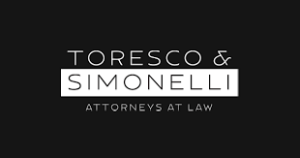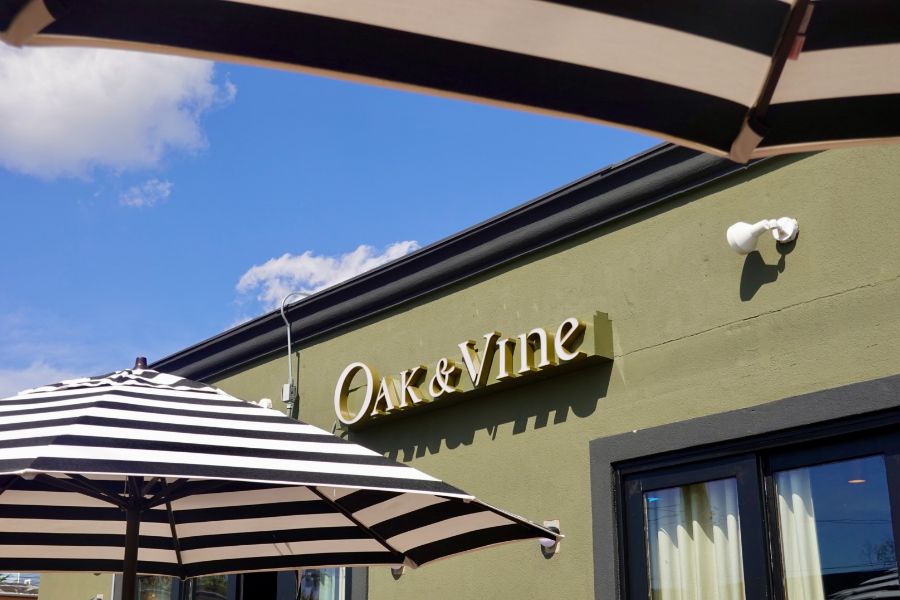
Greater Long Island coverage is funded in part by Toresco & Simonelli, a boutique injury and family law firm in West Islip. They fight for their clients. Click here to learn more and to get in touch.
What will occur?
- The eclipse begins at 2:12 p.m.
- The maximum (88% coverage for Long Island) will occur at around 3:27 p.m.
- The eclipse ends at around 4:35 p.m.
How to safely enjoy the eclipse
By Dr. Matthew Gorski
Solar eclipses are exciting events and appeal to people young and old. There will be a total solar eclipse taking place on Monday, April 8, and it’s important for Long Islanders to remember that as thrilling as it will be, it has the potential to cause eye damage to the unprepared viewer.
The key to staying safe: Correctly wearing the proper solar eclipse glasses.
A solar eclipse occurs when the path of the moon’s orbit places the moon between the sun and the earth, blocking out some or all sunlight. There are three types of solar eclipses:
Partial solar eclipse

This type occurs when the moon blocks some, but not all, of the sun’s light. A partial solar eclipse can be identified by the crescent shape the sun takes on as its light passes around the spherical moon.
Annular solar eclipse
In this type of eclipse, the moon passes directly and entirely between the sun and the Earth, but it is too far from Earth to completely block out the sun. The result is an annulus, or ring, of sunlight encircling the silhouette of the moon.
Total solar eclipse
A solar eclipse is only considered total when the moon passes between the sun and Earth and is close enough to the Earth to intercept all the sun’s light, casting a dark shadow on the earth over the path of the eclipse.
It is always dangerous to look directly at the sun, whether there is an eclipse happening or not.
Protective eye wear is universally recommended. The concern with an eclipse is that the viewer will look at the sun (without wearing eye protection), and not realize how strong the sun’s rays are because the moon is blocking it.
This can cause direct damage to the retina, known as solar retinopathy, which can lead to serious issues, including blind spots, blurry vision, headaches, or vision loss. Unfortunately, solar retinopathy is usually untreatable.
Thankfully, there is a simple way to protect one’s eyes from this damage. Solar eclipse glasses, obtained from a reputable source and certified with the ISO 12312-2 designation are designed to allow viewers to safely appreciate this natural phenomenon.
Regular or polarized sunglasses are NOT an acceptable substitute for solar eclipse glasses. Solar eclipse glasses from a previous event may or may not be safe to use; their effectiveness varies by manufacturer.
Similarly, it is important to never look at the eclipse through any type of optical device including your cellphone, binoculars, telescopes or similar devices, even if you are wearing solar eclipse
glasses.
The solar eclipse is fun for the entire family to enjoy, however we have to be extra careful when watching it with children. Make sure that children are responsible enough to properly wear the eclipse glasses and that they correctly fit their faces.
When in doubt, don’t let them look directly at the sun with the glasses.
Finally, if it is not possible to obtain a special pair of solar eclipse glasses, the solar eclipse can be indirectly viewed through a homemade viewing device, such as a pinhole projector.
This can reproduce an image of the eclipse onto a projection surface, allowing safe viewing of the image of the eclipse. It is NOT safe to look through the pinhole at the eclipse itself.
There are several ways to make a pinhole projector. One basic setup uses two square sheets of any flat, sturdy cardboard, cardstock or construction paper, tape and aluminum foil.
Cut a small rectangular section in the center of one sheets of paper/cardboard and cover the section with a strip of aluminum foil; tape the foil in place. Using a thumbtack, Poke a small, circular hole in the center of the aluminum foil.
Place the uncut sheet on a flat surface and hold the sheet with the aluminum strip a few feet above it. The sunlight will pass through the opening in the aluminum and reveal the shape of the eclipse on the bottom sheet.
Enjoy this exciting event, and please do so carefully! If you develop any visual changes or symptoms after viewing the eclipse, it is important to see an eye doctor right away.
— Dr. Matthew Gorski is an ophthalmologist at Northwell Health on Long Island
Photo by Jongsun Lee on Unsplash
























